IT Resource Outsourcing
In today’s business landscape, characterized by constant technological evolution and an increasing need to optimize resources, IT outsourcing has become a strategic choice for many companies. In 2025, businesses are no longer outsourcing only basic IT services but adopting advanced outsourcing models to achieve flexibility, cost reduction, and access to specialized expertise.
In this article, we’ll explore emerging IT outsourcing trends and the competitive advantages they offer.
What is IT Resource Outsourcing?
IT outsourcing involves delegating some or all IT-related activities to specialized external providers. Commonly outsourced services include:
- Server and cloud infrastructure management
- Technical support and help desk services
- Custom software development
- Cybersecurity management
- IT monitoring and maintenance
This approach allows companies to focus on their core business while leaving IT management to qualified professionals.
Emerging Trends in IT Outsourcing
1. Cloud Outsourcing and Managed Services
The adoption of cloud services continues to grow rapidly, with many companies outsourcing cloud infrastructure management to Managed Service Providers (MSPs). The benefits include:
- Reduced internal management costs.
- Access to cutting-edge technology without high upfront investments.
- Immediate scalability of IT resources.
2. Cybersecurity Outsourcing
With the rise of cyber threats, security has become a top priority. Outsourcing cybersecurity allows companies to benefit from:
- 24/7 monitoring of IT infrastructure.
- Rapid response to cyberattacks.
- Access to advanced technologies and industry experts.
3. IT Staff Augmentation
A growing trend in 2025 is IT staff augmentation, which involves hiring external IT professionals on a temporary basis to meet specific needs. This model offers flexibility and allows businesses to quickly integrate specialized skills without long-term commitments.
4. Automation and Artificial Intelligence (AI)
Automation and AI technologies are transforming how companies manage outsourced IT services. Providers use these technologies to:
- Automate repetitive tasks.
- Improve ticket management and technical support.
- Predict and prevent IT issues through predictive analytics.
5. Remote Support Services
Remote work and digital transformation have driven companies to invest in remote IT support services. This model ensures continuous assistance, regardless of the user’s geographical location.
Competitive Advantages of IT Outsourcing
1. Cost Reduction
One of the main advantages of outsourcing is the ability to reduce costs by eliminating the need to maintain a full internal IT team. Fixed costs become variable, allowing for more efficient budget management.
2. Access to Specialized Expertise
IT outsourcing providers offer advanced skills and up-to-date knowledge of the latest technologies. This helps companies stay competitive without constantly training internal staff.
3. Flexibility and Scalability
IT needs can vary over time. Outsourcing allows businesses to scale resources based on demand, ensuring greater operational agility.
4. Focus on Core Business
By delegating IT management to external partners, companies can focus on their core activities, increasing productivity and efficiency.
5. Enhanced Security and Business Continuity
Specialized cybersecurity providers offer better protection against increasingly sophisticated threats. Additionally, backup and disaster recovery services ensure business continuity in case of incidents.
In 2025, IT outsourcing is a key element for companies aiming to innovate, reduce costs, and improve efficiency. Thanks to emerging trends, businesses can access advanced, customized solutions that provide a competitive edge in an increasingly technological and global market.
IT outsourcing is no longer just a tactical choice to contain costs but a long-term strategy to embrace innovation and face future challenges with greater security and flexibility.







